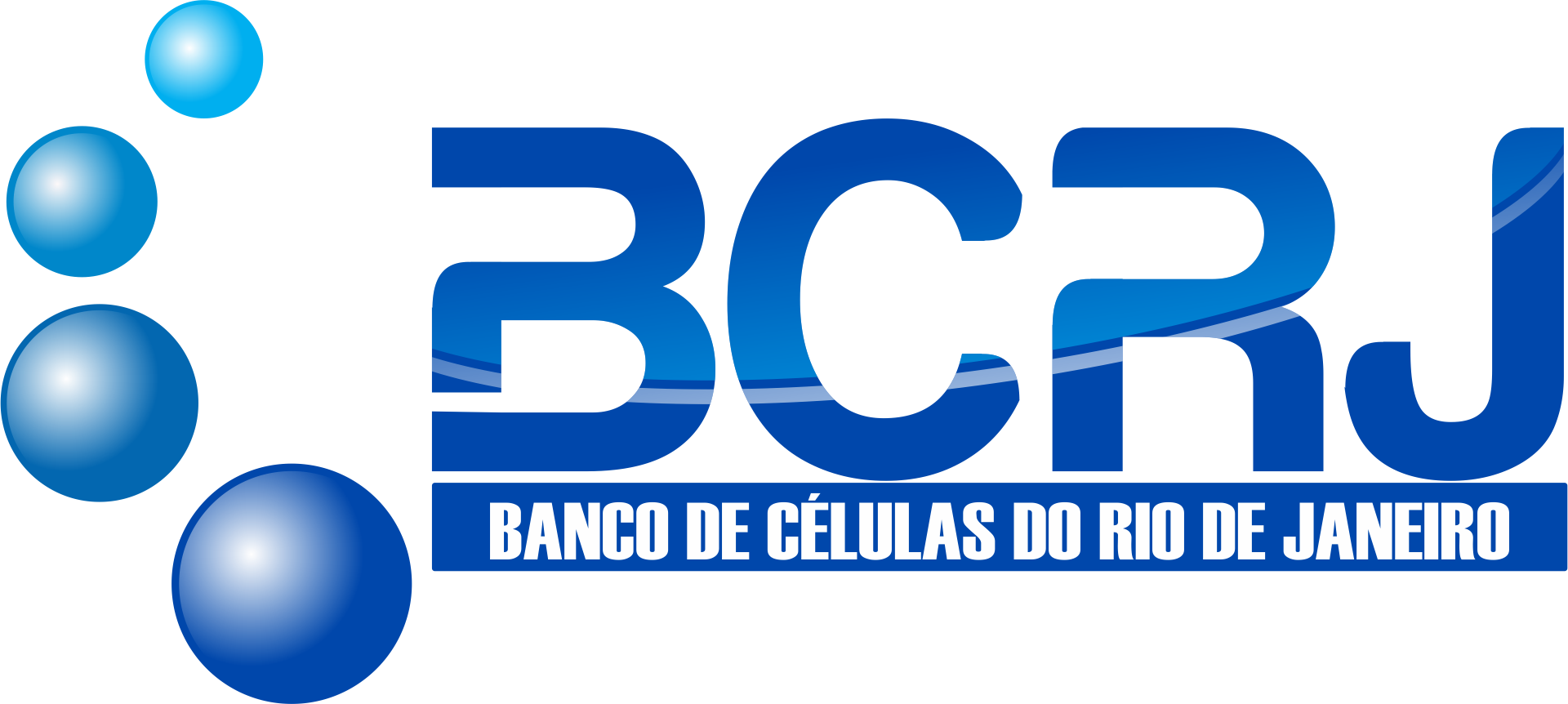| BCRJ Code | 0160 |
| Cell Line | MCCOY [MCCOY B] |
| Species | Mus musculus |
| Vulgar Name | Mouse |
| Cell Type | Fibroblast |
| Morphology | Fibroblast |
| Growth Properties | Adherent |
| Applications | The cells have been used to propagate laboratory strains of the 15 recognized serotypes of Chlamydia trachomatis. The cells are susceptible to chlamydia strains, and can be used to propagate chlamydia. |
| Biosafety | 1 |
| Addtional Info | Little descriptive information about the origin of the McCoy cells appears in the literature. They were first mentioned by Pomerat, et al. The cells were reported to have originated from the synovial fluid in the knee joint of a patient suffering from degenerative arthritis. In ca. 1965, Defendi, et al., showed that McCoy cells (designated McCoy A) were indeed human cells. However, another subline (designated McCoy B) was, in fact, of mouse origin and possessed marker chromosomes characteristic of strain L mouse fibroblasts. McCoy cells presumed to be human, but which actually are mouse cells, have been disseminated from laboratory to laboratory throughout the world. Initial interest in McCoy cells followed the demonstration by Gordon and Quan [PubMed: 14268619] and Gordon, et al. [PubMed: 4110420] that ionizing radiation (cobalt-60) greatly increased the susceptibility of McCoy cells to infection by chlamydia strains. A culture of the so-called McCoy cell line was received from the Centers for Disease Control, Cell Culture Department, Atlanta, GA in March, 1984. Documentation as to origin or passage history was not available. The cells have been used to propagate laboratory strains of the 15 recognized serotypes of Chlamydia trachomatis. The cells are susceptible to chlamydia strains, and can be used to propagate chlamydia. |
| Culture Medium | Dulbecco's Modified Eagle's Medium (DMEM) with 1% non-essential amino acids, 2 mM L-glutamine, 1 mM sodium pyruvate, 1.0 g/L glucose and 10% of fetal bovine serum. |
| Subculturing | Volumes used in this protocol are for 75 cm2 flasks; proportionally reduce or increase amount of dissociation medium for culture vessels of other sizes. Remove and discard culture medium. Briefly rinse the cell layer with PBS without calcium and magnesium to remove all traces of serum which contains trypsin inhibitor. Add 2.0 to 3.0 mL of Trypsin-EDTA solution to flask and observe cells under an inverted microscope until cell layer is dispersed (usually within 5 to 15 minutes). Note: To avoid clumping do not agitate the cells by hitting or shaking the flask while waiting for the cells to detach. Cells that are difficult to detach may be placed at 37°C to facilitate dispersal. Add 6.0 to 8.0 mL of complete growth medium and aspirate cells by gently pipetting. Add appropriate aliquots of the cell suspension to new culture vessels. Incubate cultures at 37°C. NOTE: For more information on enzymatic dissociation and subculturing of cell lines consult Chapter 12 in Culture of Animal Cells, a manual of Basic Technique by R. Ian Freshney, 6th edition, published by Alan R. Liss, N.Y., 2010. |
| Subculturing Medium Renewal | 2 to 3 times per week |
| Subculturing Subcultivation Ratio | 1:2 to 1:4 |
| Culture Conditions | Atmosphere: air, 95%; carbon dioxide (CO2), 5% Temperature: 37°C |
| Cryopreservation | 95% FBS + 5% DMSO (Dimethyl sulfoxide) |
| Thawing Frozen Cells | SAFETY PRECAUTION:
It is strongly recommended to always wear protective gloves, clothing, and a full-face mask when handling frozen vials. Some vials may leak when submerged in liquid nitrogen, allowing nitrogen to slowly enter the vial. Upon thawing, the conversion of liquid nitrogen back to its gas phase may cause the vial to explode or eject its cap with significant force, creating flying debris.
NOTE: It is important to avoid excessive alkalinity of the medium during cell recovery. To minimize this risk, it is recommended to place the culture vessel containing the growth medium in the incubator for at least 15 minutes before adding the vial contents. This allows the medium to stabilize at its normal pH (7.0 to 7.6). |
| References | Pomerat CM, et al. Irradiation of cells in tissue culture. I. Giant cell induction in strain cultures versus elements from primary explants. Z. Zellforsch. 47: 158-174, 1957. Gordon FB, Quan AL. Isolation of the trachoma agent in cell culture. Proc. Soc. Exp. Biol. Med. 118: 354-359, 1965. PubMed: 14268619 Gordon FB, et al. Effect of ionizing irradiation on susceptibility of McCoy cell cultures to Chlamydia trachomatis. Appl. Microbiol. 23: 123-129, 1972. PubMed: 4110420 Yasin B, et al. Susceptibility of Chlamydia trachomatis to protegrins and defensins. Infect. Immun. 64: 709-713, 1996. PubMed: 8641770 |
| Depositors | Banco de Células do Rio de Janeiro |
| Cellosaurus | CVCL_3742 |



